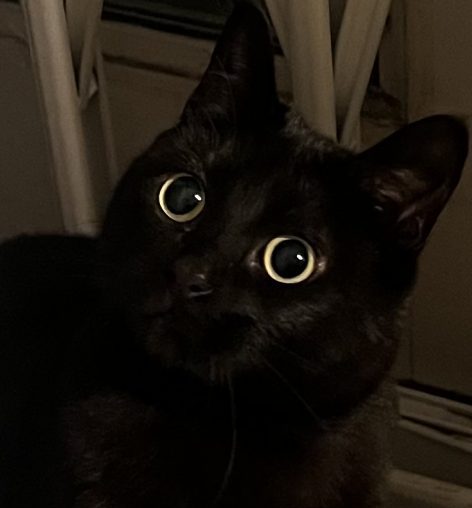I really enjoyed the micro-teaching sessions and learnt a lot from my own experience and the sessions delivered from my peers. Other sessions involved interactive elements such as building a transmitter radio, building compositions and sculptures with materials, drawing objects from life and from memory as well as written exercises to spark creativity.
I am really appreciative of the feedback received from participants, the most important comment being that they want to find out more about the collection and view more of the artists’ books. This is exactly the outcome that I would want to achieve with an introductory session.
The co-teaching element of the session where participants had a discussion in pairs, whilst widening it out into a group discussion worked well and there was positive feedback about the prompts provided that enabled conversation about the artworks. I also walked around the tables to talk about the individual books and I think this helped to facilitate more of a conversation as well as posing an opportunity to provide more context. There was also positive feedback about signposting opportunities to investigate and find other information about artists’ books if participants are interested.
Overall, there wasn’t much deviation from the planned session.
Some suggestions I received from other participants in the microteaching session included:
- Having the prompts on a larger print-out or as hand-outs to the pairs so students can have quick reference to the prompts. I think if I were to do this session as a regular teaching session, I would have the prompts on a large screen so that they are easily referred to.
- Provide a bit more context to the artists’ books in the session before students look at them individually. I definitely take on board that it can be intimidating to have an object with no context, but I think I need to think of a way to convey this information without feeling didactic or to influence interpretation. Perhaps this is something that I need to consider when thinking about the level of the students that will be participating in the sessions: as this is an introduction, it is appropriate to provide a little more guidance. If it were a session were students were familiar with artists’ books, I would perhaps give less context.
- Provide a bit more space for questions.
I really enjoyed learning from others and thinking of things that could be incorporated in my own teaching:
- For example, there was a big discussion about recognising the importance of allowing silence (where appropriate) in a workshop, which made me think about Karen Harris’ article (which was part of the supplementary reading for the first workshop) which discussed how compulsory contribution can be unhelpful at times (2022, p. 101).
- Getting rid of hierarchy between participants and the tutor by enabling organic conversations. This could be facilitated by getting participants to move around the room or walking around the room yourself.
References
Harris, K. (2022) ‘Embracing the silence: introverted learning and the online classroom’ in Spark: UAL Creative Teaching and Learning Journal, 5(1). Available at: https://sparkjournal.arts.ac.uk/index.php/spark/article/view/161 [Accessed: 5/2/2025]

Leave a Reply